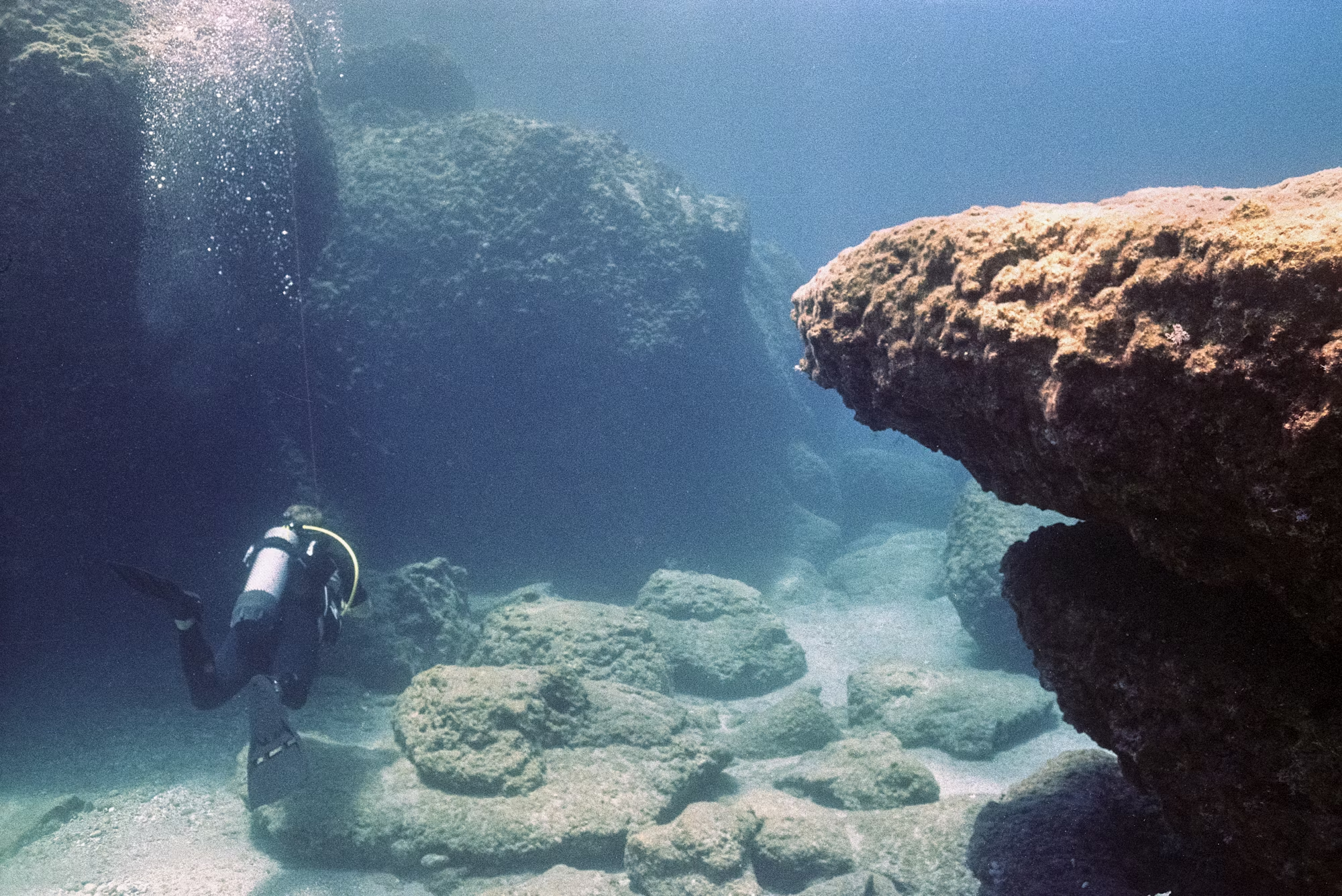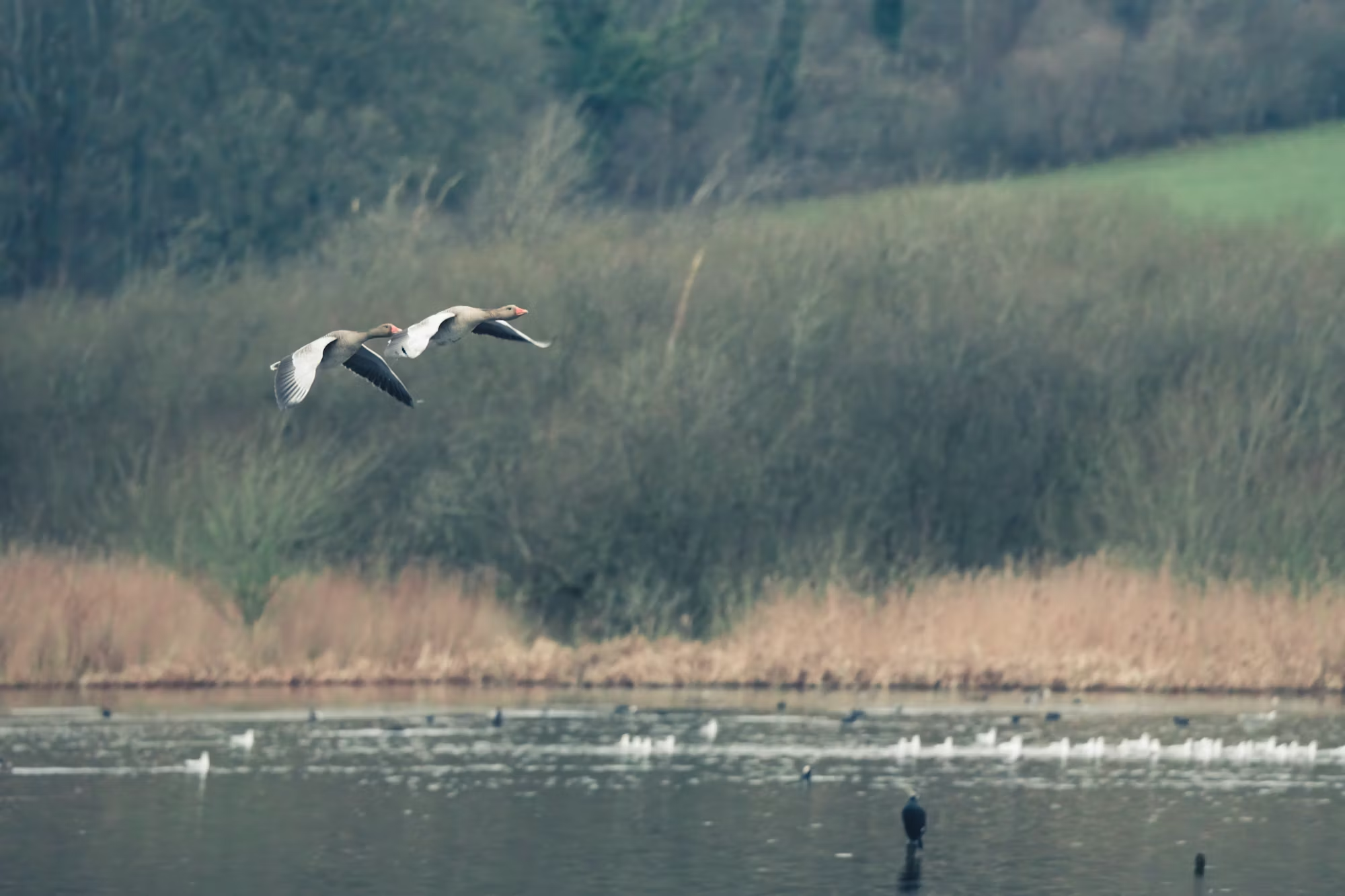Diving is not just an activity; it’s a journey into a world filled with color, life, and adventure. The underwater realm offers experiences that captivate the heart and ignite a passion for exploration. From the vibrant coral reefs to the mysterious depths of the ocean, diving provides a unique opportunity to connect with nature and appreciate the wonders beneath the waves. This article will explore various diving styles, showcasing their unique attributes and the joys they bring, while also highlighting the importance of marine conservation in protecting these precious ecosystems.
Scuba diving is perhaps the most recognized form of diving, allowing individuals to explore underwater environments with the aid of specialized equipment. By using a tank of compressed air, a regulator, and a buoyancy control device, scuba divers can navigate effortlessly through the water. This accessibility makes scuba diving an ideal choice for those looking to engage with the ocean on a deeper level.
Popular destinations for scuba diving include the Great Barrier Reef in Australia, the Red Sea, and the tropical waters of the Caribbean. These locations boast stunning biodiversity, offering divers a chance to encounter vibrant marine life such as colorful fish, graceful sea turtles, and intricate coral formations. Each dive is a new adventure, revealing the complex interactions that occur within marine ecosystems. As divers immerse themselves in these environments, they often develop a profound respect for the ocean and a commitment to its protection.
For those seeking a more challenging experience, technical diving opens up a world of opportunities that go beyond recreational diving. This advanced form of diving requires additional training and specialized equipment, allowing divers to explore greater depths and more complex underwater environments. Technical divers often use mixed gases, rebreathers, and advanced decompression techniques to push the boundaries of underwater exploration.
Cave diving is a thrilling subset of technical diving that requires divers to navigate submerged cave systems. These environments present unique challenges, including confined spaces and changing water conditions, making rigorous safety training essential. However, for those prepared to take on the challenge, cave diving offers breathtaking views of stunning rock formations and unique aquatic life that few get to see. The thrill of exploring hidden underground worlds is unmatched, providing a sense of adventure that leaves a lasting impression.
Snorkeling serves as a fantastic introduction to the underwater world, allowing individuals to explore shallow waters with minimal equipment. By simply using a mask, snorkel, and fins, snorkelers can glide over reefs and coastal areas, observing the beauty below the surface. This activity is particularly popular among families and those new to diving, providing an accessible way to connect with marine life.
Destinations such as the Florida Keys, the Bahamas, and Hawaii offer incredible snorkeling experiences, where snorkelers can observe colorful fish darting among coral gardens. Snorkeling fosters a sense of wonder and responsibility for the ocean, inspiring many to become advocates for marine conservation. Witnessing the beauty of underwater ecosystems firsthand often motivates individuals to engage in efforts to protect these environments.
Freediving, or apnea diving, is another captivating way to explore the underwater world. This discipline involves diving without any breathing apparatus, relying solely on one’s ability to hold their breath. Freedivers develop a deep connection with the ocean as they learn to relax and focus their minds, trusting their bodies to guide them beneath the waves.
The various disciplines within freediving, including static and dynamic apnea, as well as depth challenges, offer unique experiences. In static apnea, divers hold their breath while remaining still, while dynamic apnea involves swimming distances underwater on a single breath. The depth disciplines challenge divers to reach remarkable depths, pushing their limits in an inspiring display of human capability. The meditative nature of freediving promotes mindfulness and awareness, allowing divers to immerse themselves in the serenity of the ocean.
Competitive freediving has become increasingly popular, uniting divers who share a passion for the sport. Competitions feature a variety of events that showcase individual achievements while fostering camaraderie among participants. These events highlight personal milestones and promote a collective commitment to the sport and its values, encouraging divers to support one another in their underwater endeavors.
In addition to recreational diving, commercial diving plays a vital role in various industries. Professional divers are employed in underwater construction, maintenance, inspection, and marine research, requiring extensive training and certification. Commercial divers often work in challenging environments, contributing to essential infrastructure projects while ensuring the health of marine ecosystems.
The work of commercial divers is crucial for understanding and preserving our underwater environments. Their expertise is invaluable in conducting environmental assessments and monitoring marine habitats. By participating in these projects, commercial divers help raise awareness of the need for sustainable practices and contribute to the overall health of the ocean.
Underwater photography and videography have gained popularity among divers, allowing them to capture the beauty of marine life. Equipped with specialized underwater cameras, divers can document their experiences and share stunning images with the world. This artistic pursuit celebrates the ocean’s wonders while promoting awareness about the importance of marine conservation.
Many underwater photographers dedicate time to honing their skills, mastering the challenges of lighting and composition beneath the waves. The resulting images often inspire viewers to appreciate the beauty of the ocean and advocate for its protection. Photographers frequently use their platforms to highlight the need for sustainable practices and to promote the preservation of marine environments for future generations.
Ice diving presents a unique adventure, allowing divers to explore beneath frozen lakes and seas. This specialized form of diving requires specific training and equipment to navigate cold water conditions safely. Entering the water through holes cut in the ice reveals a serene underwater world transformed by winter, where dazzling ice formations create an enchanting atmosphere. The quiet beauty of ice diving offers a different perspective on the ocean, deepening divers’ appreciation for its diverse environments.
Night diving adds an exciting dimension to underwater exploration, inviting divers to experience the ocean after dark. Equipped with dive lights, divers can observe the nocturnal behaviors of marine life, revealing a hidden world filled with bioluminescent organisms and vibrant colors. The experience of night diving is often mesmerizing, as familiar underwater landscapes transform into otherworldly realms. Each dive unveils new aspects of the ocean, enriching one’s appreciation for its mysteries.
Reef diving immerses divers in some of the most biodiverse ecosystems on the planet. Coral reefs, often referred to as the rainforests of the sea, are home to a vast array of marine life. Diving among these vibrant habitats provides opportunities to witness the delicate balance of life, where colorful fish and unique invertebrates thrive. Notable reef diving locations, such as the Great Barrier Reef and the Caribbean, highlight the critical importance of preserving these ecosystems for future generations.
Wreck diving allows divers to explore historical sites, offering a glimpse into maritime history. Sunken ships and aircraft serve as artificial reefs, creating habitats for diverse marine life while telling stories of the past. Each wreck dive is an adventure filled with intrigue, encouraging divers to reflect on the importance of marine heritage and the narratives that lie beneath the surface. Noteworthy wreck diving sites, such as the USS Oriskany and the SS Thistlegorm, attract divers eager to experience the thrill of exploring submerged history. These dives not only provide excitement but also foster a deeper understanding of the ocean’s narrative and the need for preservation.
In conclusion, diving is an extraordinary activity that opens the door to adventure and exploration. From the exhilarating depths of scuba and technical diving to the gentle experiences of snorkeling, each style of diving offers unique opportunities to connect with the beauty of the underwater world. As divers embark on their journeys, they often become advocates for marine conservation, recognizing the importance of protecting the ecosystems they love. Embracing the adventure of diving can lead to unforgettable experiences, inspiring a lifelong passion for the ocean and a commitment to safeguarding its wonders for generations to come.



